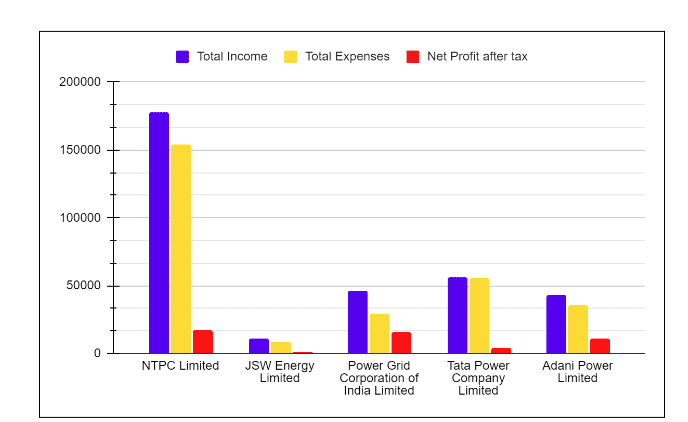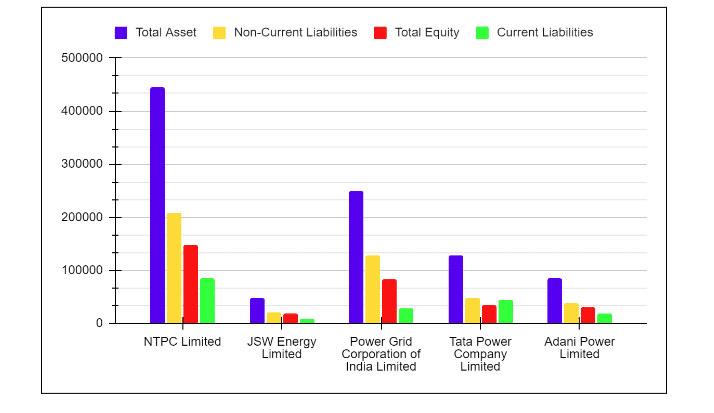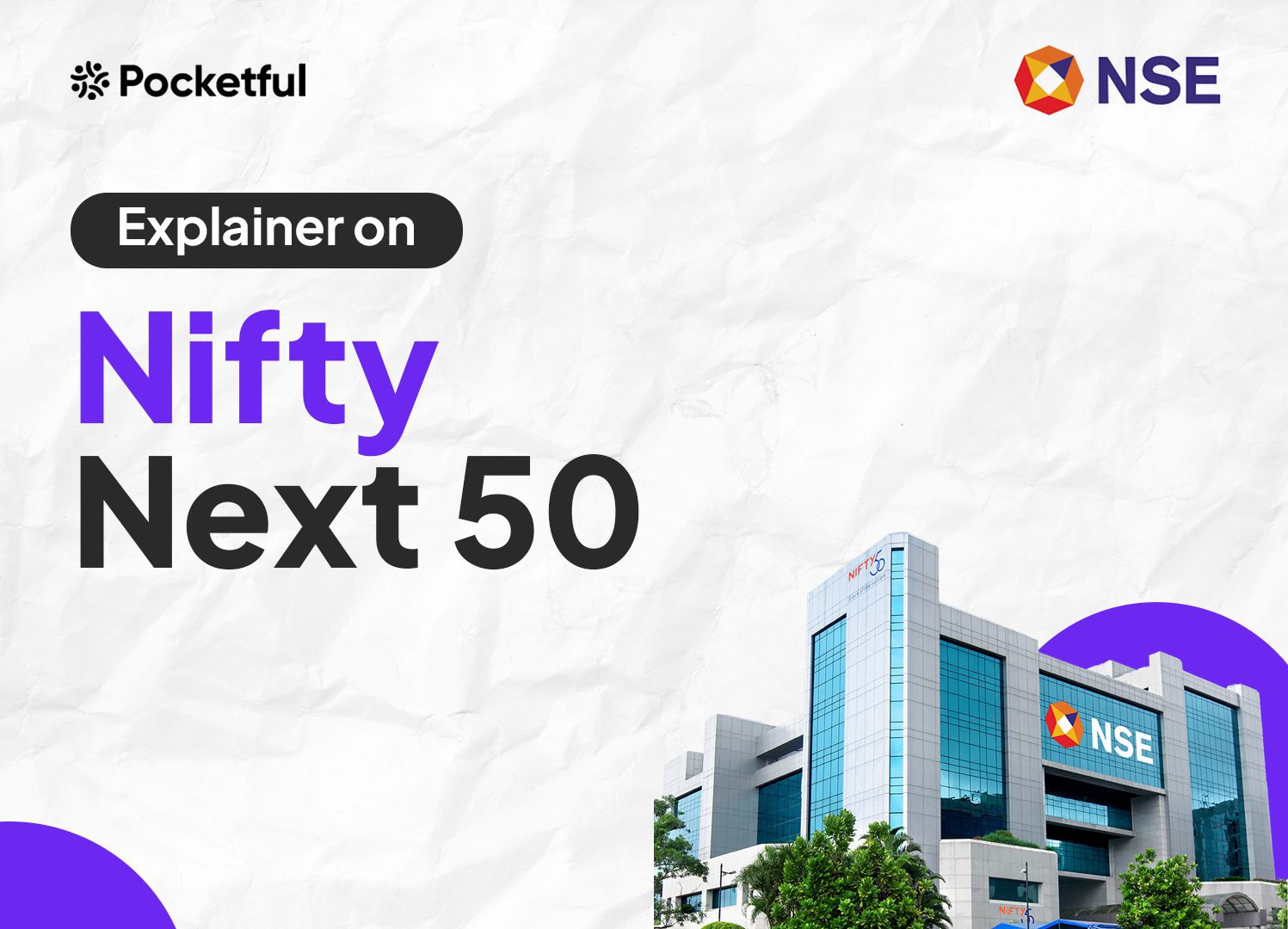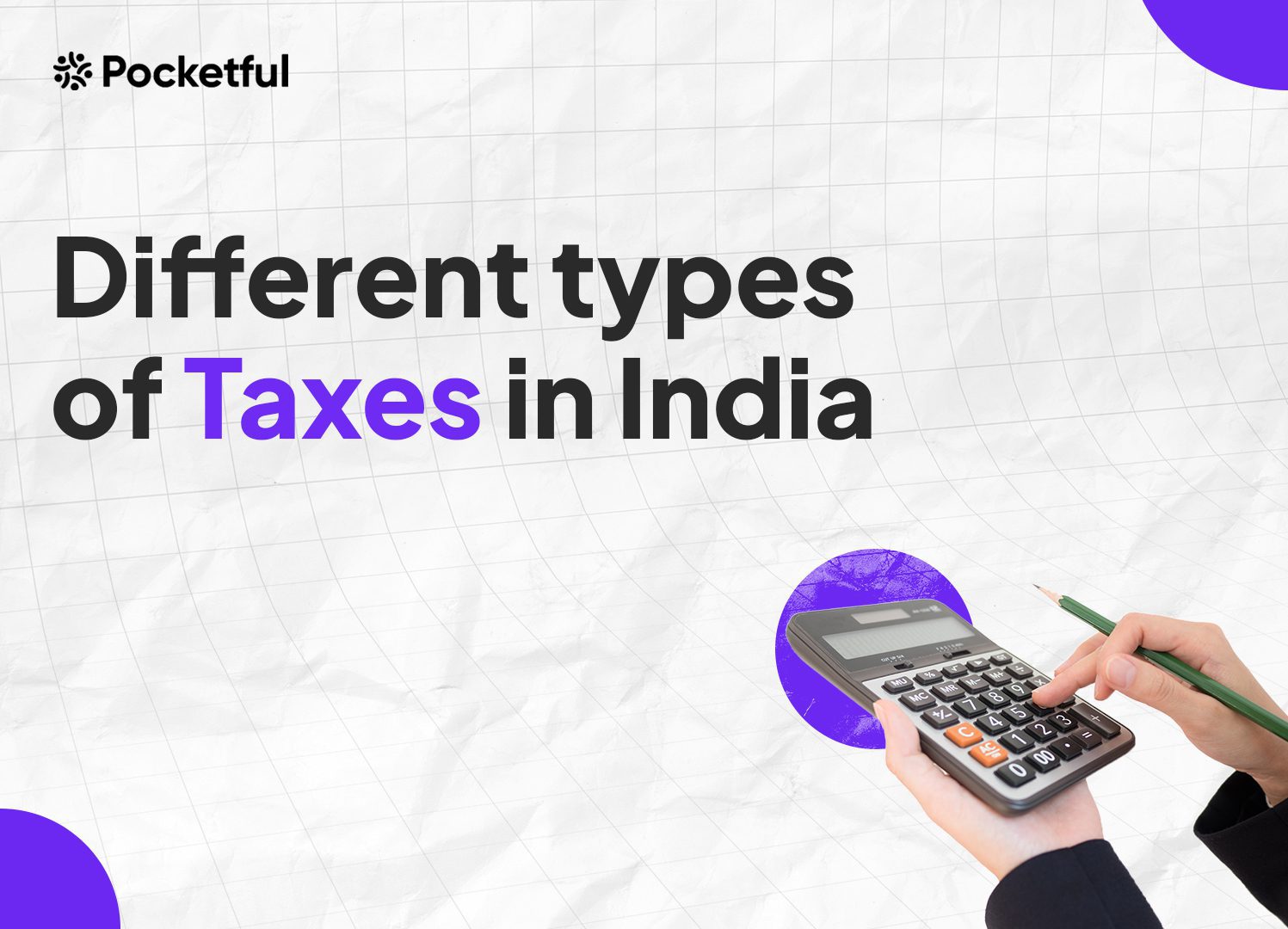Have you ever asked yourself how some firms get additional capital without going to the banks and/or financial backers? This brings us to the rights issue — a powerful technique that enables organizations to give current shareholders a chance to purchase more of the same stock at a lesser price.
This blog will dig deeper into the world of capital structure and explain how rights issues work, its advantages, and drawbacks.
Meaning of Right Issue of Shares

A rights issue is a process through which businesses offer existing shareholders an opportunity to buy more shares at a lower price in their efforts to source capital in the market. This approach enables companies to look for capital for expansion, to redeem debts, or for any other purposes without causing major changes in the percentage ownership of the shareholders.
Features Of Right Issue of Shares
- Companies exercise a rights issue when they need cash flow for various objectives. The process may allow the company to raise money without incurring underwriting fees. However, few rights may be underwritten if the company wants to secure the amount of capital raised.
- These rights are usually distributed as dividends, and the number of additional shares the shareholders can purchase is generally proportional to their existing shareholding. The holder may entirely or partially exercise rights.
- A rights issue gives privileged treatment to existing shareholders, who are given the right to buy shares at a lower price on or before a particular day.
- Existing shareholders also have the advantage of the right to trade with other concerned market participants until the new shares can be purchased. The rights are sold in a similar way as average equity shares.
- Existing shareholders can also disregard the rights; however, their existing shareholding will be diluted post-issue of additional shares if they do not purchase additional shares
Read Also: What are Shares – Definition, Example, and Benefits
Example of Right Issue of Shares

Suppose an investor owns 100 shares of XYZ Ltd., trading at INR 20 per share. The company set forth a rights issue in the ratio of 2 for 5, i.e., all investors holding 5 shares will be eligible to buy 2 more new shares. The company declared a discounted price, say, INR 15 per share. That means, for every 5 shares (at INR 20 each) held by a pre-existing shareholder, the company will offer 2 new shares at a discounted price of INR 15.
- Investor’s Portfolio Value (before rights issue) = 100 shares x INR 20 = INR 2,000
- Number of additional shares to be received = (100 x 2/5) = 40
- Amount paid to buy rights shares = 40 shares x INR 15 = INR 600
- Total no. of shares after exercising rights issue = 100 + 40 = 140
- Increased value of the portfolio after exercising rights issue = 140 Shares x 20 = INR 2,800
Key Dates of Right Issue of Shares

Announcement Date – It is the date on which the Board announces the Rights Issue. It is also known as the Declaration Date.
Record Date – It is the date on which a company that has offered Rights issue decides the eligible shareholders to receive the right to buy additional shares.
Ex-Rights Date – This is the date before which you need to purchase the shares to be eligible to receive the right. Generally, it is two days prior to the record date as settlement takes two days in most of the markets, which means shares purchased today will be credited to your demat account after T+2 days (Trading day + 2 days). As of December 2023, we have a T+1 settlement in India, so the Ex-Right Date is one day before the record date.
Read Also: Equity Shares: Definition, Advantages, and Disadvantages
How can I track Rights Issues?
Generally, listed companies publish all the corporate announcements at stock exchanges first, i.e., NSE and BSE in India. However, it will be cumbersome for you to monitor updates from each company individually.
To simplify this process, we’ve created a dedicated corporate action page where you can effortlessly track all the latest corporate announcements, including but not limited to dividends, rights, splits, and bonus issues.
You can access the corporate actions page to get the detailed list.
But that’s not all. In addition to our corporate actions page, we recently launched our new WhatsApp service. Now, you can effortlessly stay informed about all corporate actions, including dividends, bonuses, splits, and more, delivered straight to your phone every morning by 9 A.M. for just INR 11!
Sign up now and never miss any corporate announcement.
Conclusion
Rights issue is one way a listed company can raise capital without incurring high costs by offering to purchase new shares to existing shareholders at a fixed price. This process is entirely voluntary and does not require the existing shareholders to participate.
Although this corporate action garners a lot of attention from shareholders due to its enticing features, it is extremely important to perform your analysis before participating in the issue.
Frequently Asked Questions (FAQs)
How is the price of the rights issue determined?
The price of the rights issue is determined by the company based on multiple factors like current market conditions, the company’s financial position, and the discount offered to shareholders.
What are the risks of investing in a rights issue?
The issue in itself does not have any major risk outside of the risk of oversubscription, where shareholders may not be able to acquire their desired number of additional shares. However, there exists a possibility of the company not performing well financially, leading to a decline in share value.
What happens if a shareholder doesn’t participate in a rights issue?
If a shareholder chooses not to participate in a rights issue, their ownership in the company will be diluted as other shareholders will purchase additional shares. However, they can still retain their existing shares.
How are shareholders notified about a rights issue?
Shareholders are notified about a rights issue through official announcements by the company, which include information on the issue size, subscription price, and the timeline.
Why do companies choose to raise money through rights issues?
Companies choose the option of rights issues in order to raise additional capital for various purposes such as funding expansion projects, reducing debt, or strengthening their financial position.

































